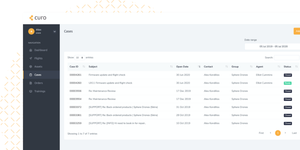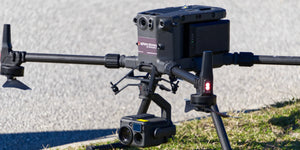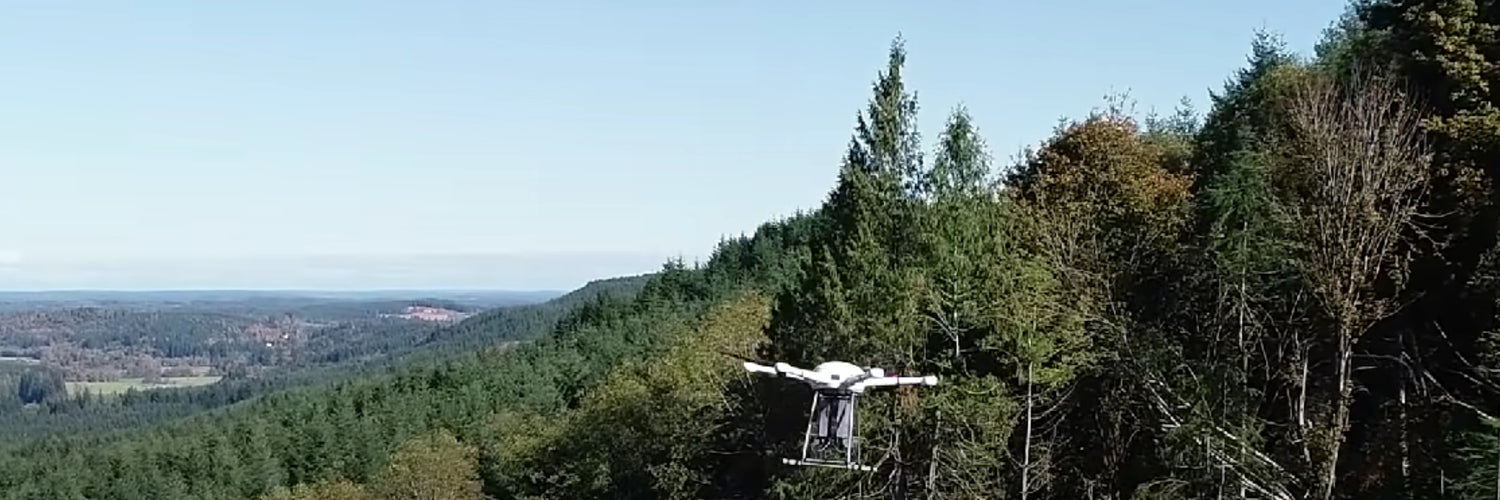When mining companies or similar work on a piece of land the plants are often removed or destroyed in the process. To reduce the impact of this companies will often replace the plants after they are finished with the land, which is a time consuming and expensive task.
Drones build on this by automating much of the work and saving money while improving the results.
How does environmental rehabilitation work?
- A drone is first used to detect what plants are currently living in the specific area.
- Once the company is finished with the land drone is filled with a tank of seeds and sent up. The drone is programmed with a flight plan.
- The drone then follows the flight plan depositing seeds as it goes. The rate can be adjusted depending on numerous factors as well, such as the plant type and location.
- Once finished the drone lands and the area of land is monitored for the next few months to ensure the seeds are growing.
Benefits of using drones
- Areas that aren't accessible can be easily reach via drone, allowing more plants to be grown and the local environment improved.
- Drones are much cheaper to use than manually planting seeds or using planes to drop.
- Drones are much more accurate thanks to GPS allowing seeds to be planted in specific locations.
Image via Mark Rober



















